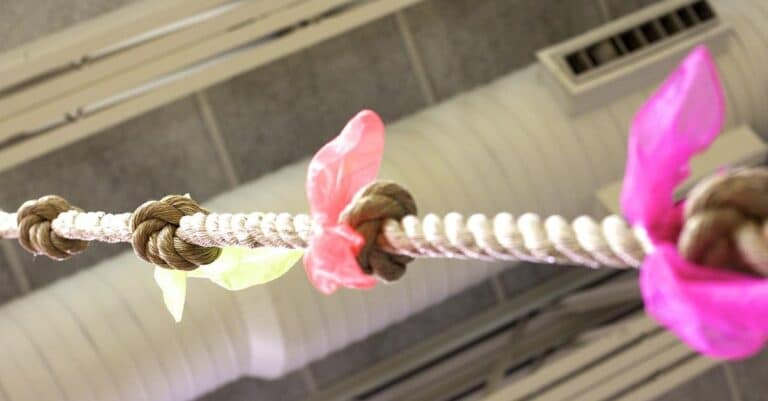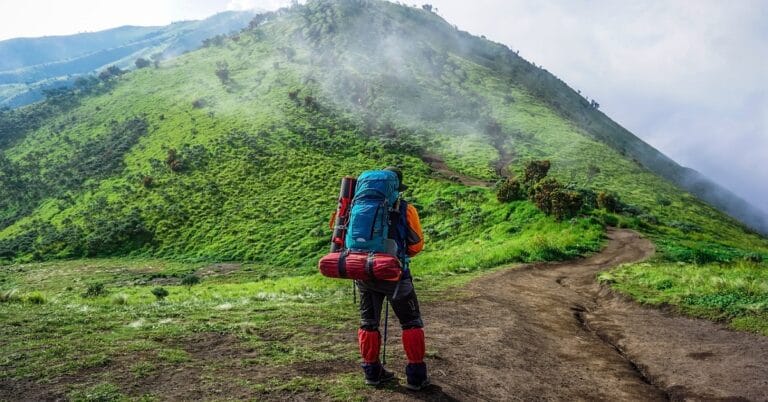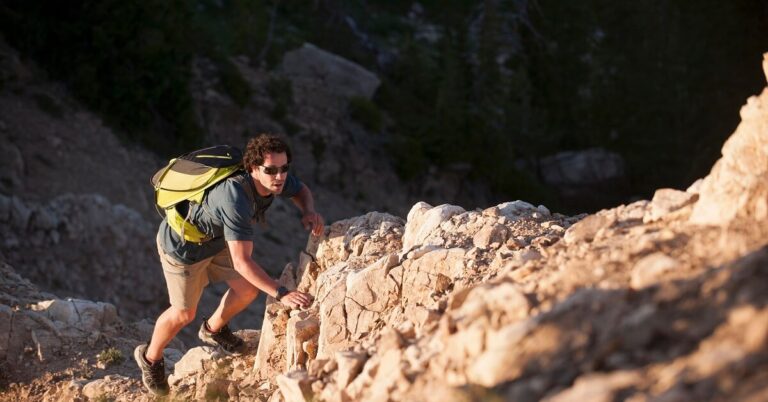Hiking boots fit
When you are looking for the best hiking boots, it is important to consider how they will fit your feet. You want a boot that is When it comes to fit, there are a few things to keep in mind with hiking boots. Let’s find out how should hiking boots fit.
- Firstly, you want to make sure that there is enough space in the toe box for your toes to wiggle. You don’t want your toes to be cramped up in the boot, as this can cause problems when hiking for long periods of time .
- Secondly, you want to make sure the boot is snug around your ankle and heel. A good way to test this is to lace up the boot tightly and then try to wiggle your foot out of the boot. If you can do this easily, then the boot is too loose and you should try a different size.
- Finally, you want to make sure the boot is comfortable from the start. Sometimes, it can take a few hikes to break in a new pair of boots and get them to feel comfortable. However, if you are getting blisters or hotspots on your feet after only a short time hiking, then the boot is not a good fit and you should try a different size or style.
If you’re looking for some great hiking boots to buy, we’ve got a few suggestions for you.
Best Hiking boots for men, women and for kids
For men, we recommend the Salomon Men’s Quest 4D 3 GTX Hiking Boots. These boots are comfortable, lightweight, and waterproof, making them perfect for any hike. 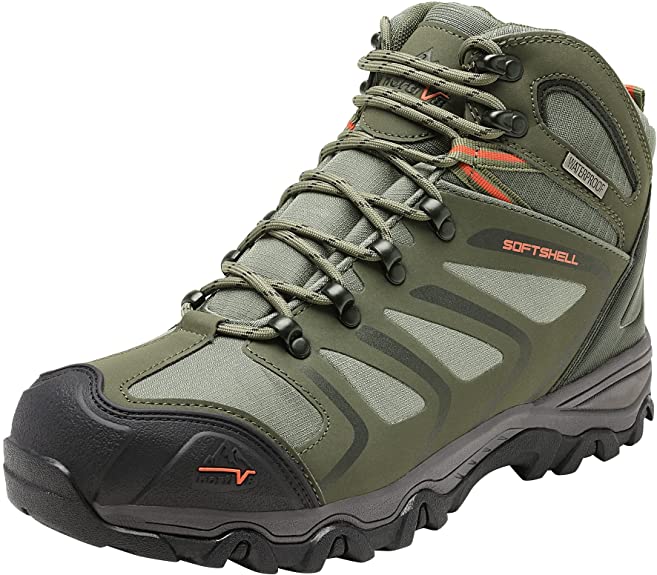
For women, we recommend the Columbia Women’s Newton Ridge Plus Waterproof Amd hiking Boot. This boot is also comfortable, lightweight, and waterproof, making it a great option for any hike. 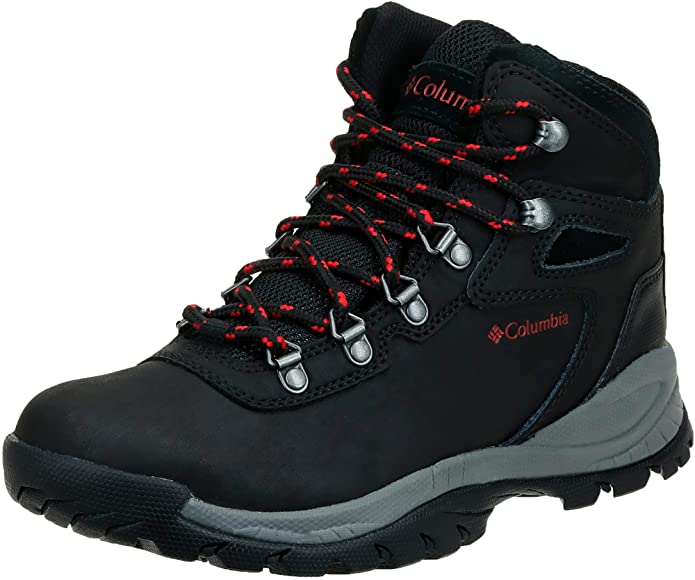
And for kids, we recommend the Merrell Kids’ Moab FST Waterproof Hiking Shoes. These shoes are durable, comfortable, and easy to clean, making them a great option for any child who loves hiking.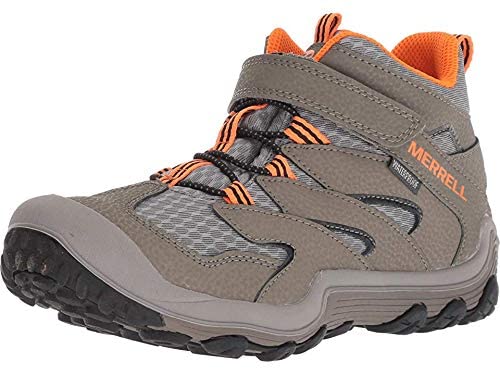
When it comes to choosing the best hiking boots, it is important to consider how they will fit your feet. You want a boot that is comfortable, lightweight, and waterproof. By keeping these things in mind, you will be sure to find a boot that is perfect for your feet and will help you enjoy hikes even more.
Common Hiking Foot Problems
Hiking is a great way to get some exercise and enjoy the outdoors, but it can also lead to foot problems if you’re not careful. Here are some of the most common hiking foot problems and how to avoid them.
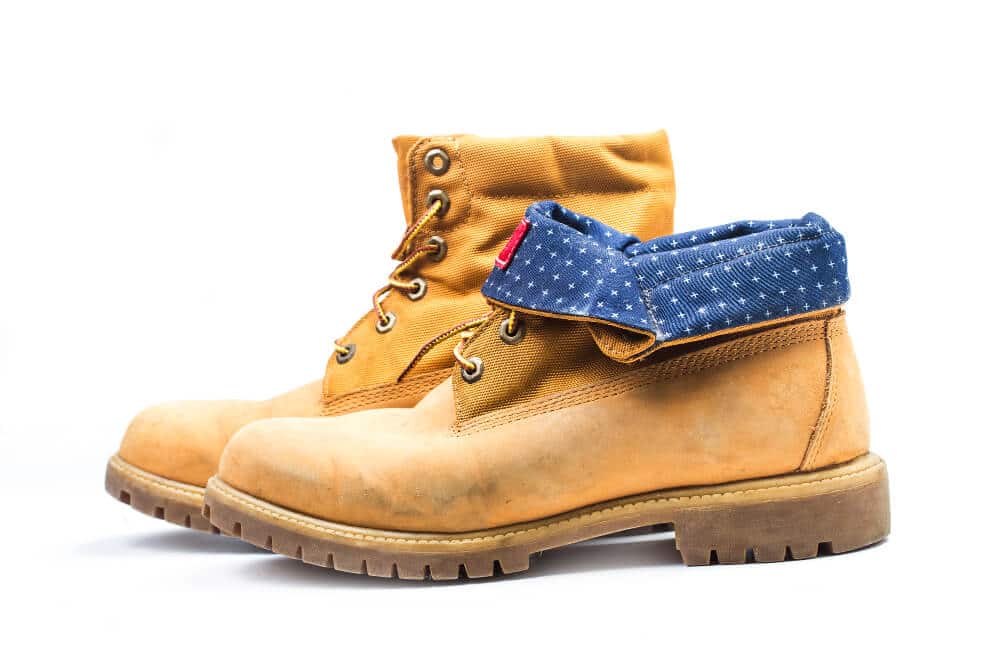
- Blisters are one of the most common hiking foot problems. They occur when your feet rub against your shoes, causing friction that irritates the skin. To prevent blisters, make sure your shoes fit well and wear comfortable socks. If you start to feel a hot spot on your foot, stop and apply a bandage before it turns into a blister.
- Athletes’ foot is another common issue. It’s a fungal infection that thrives in moist, warm environments – like your sweaty hiking boots. To avoid athlete’s foot, keep your feet clean and dry, and don’t share shoes or socks with other hikers. If you notice red, scaly skin on your feet, see a doctor – untreated athlete’s foot can lead to serious skin infections.
- Finally, overuse injuries are common among hikers who push themselves too hard. To avoid these types of injuries, take breaks frequently and listen to your body if it starts to hurt. If you’re having trouble walking or notice swelling,
Consider The Socks
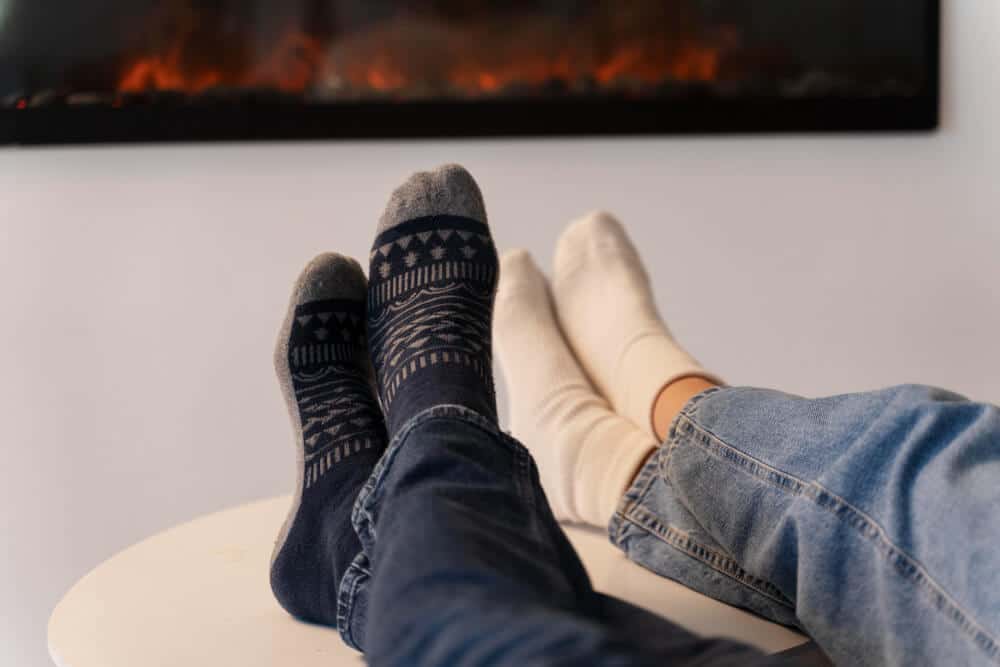
Hiking sock should not be underestimated. A sock specifically designed for hiking can make a tremendous difference in both comfort and performance. Hiking socks are usually made from a blend of synthetic fibers that wick away moisture and provide cushioning.
They are also often form-fitting to prevent chafing and blisters. When choosing a hiking sock, it is important to consider the climate and terrain you will be hiking in. For example, if you are hiking in warm weather, you may want a sock with more ventilation.
If you are hiking in rough terrain, you may want a sock with more cushioning to protect your feet. There are many different types of hiking socks available, so it is important to try on several pairs to find the ones that work best for you. With the right pair of socks, you will be able to hike comfortably for miles.
Do I Need Insoles For Hiking Boots
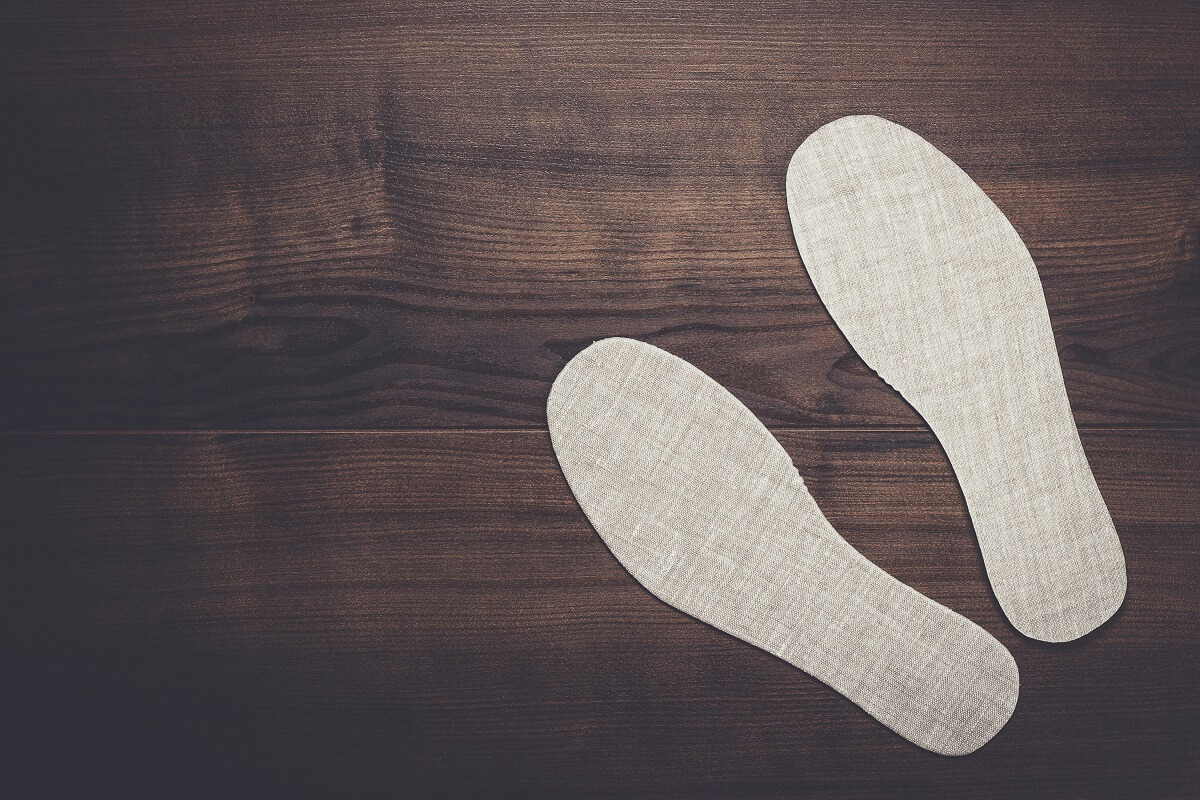
If you’re planning on doing any serious hiking, it’s important to make sure your boots fit properly. That means not only comfortable, but also with the right level of support. Wearing insoles can help provide that support, as well as improve comfort. But how do you know if you need them?
There are a few things to consider when deciding if you need insoles for your hiking boots. First, think about the type of hiking you’ll be doing. If you’re just going on short day hikes, you likely won’t need them. But if you’re planning on doing any backpacking or longer hikes, they can be a big help.
Another thing to consider is the fit of your boots. If they’re too big, your feet can slide around inside, which can lead to blisters. On the other hand, if they’re too small, your toes will be crammed into the front of the boot and can also lead to problems. Insoles can help with both of these issues by providing a better fit.
Finally, think about your own feet. Do you have high arches or flat feet? Do you pronate or supinate when you walk? These are all factors that can affect how comfortable your boots are and how well they fit. Insoles can help compensate for these issues and provide support where you need it most.
If you’re still not sure if you need insoles for your hiking boots, talk to a professional at your local outdoor store. They can help you determine the best option for your feet and your hiking needs.
Related content:


